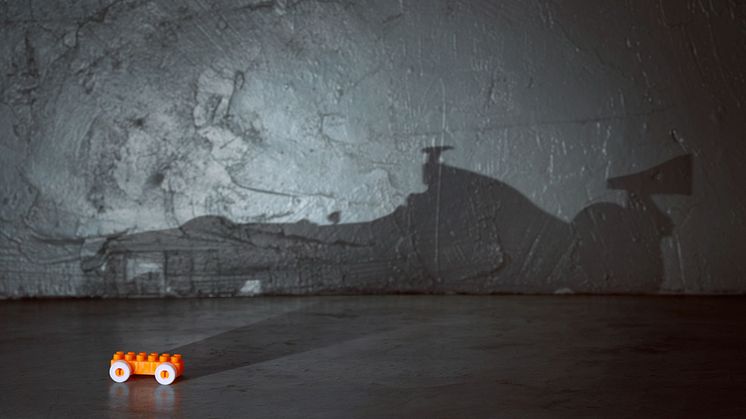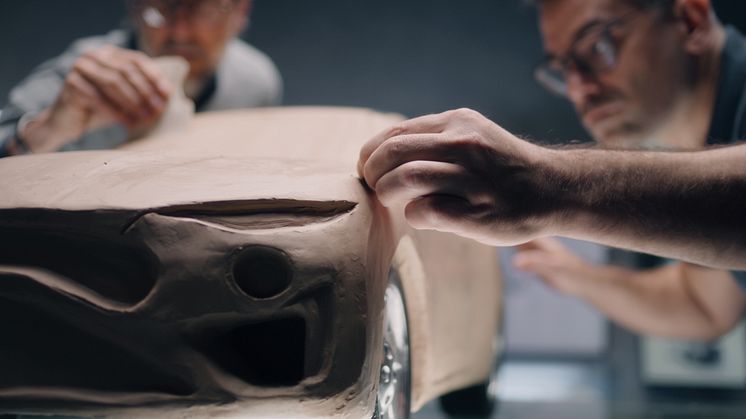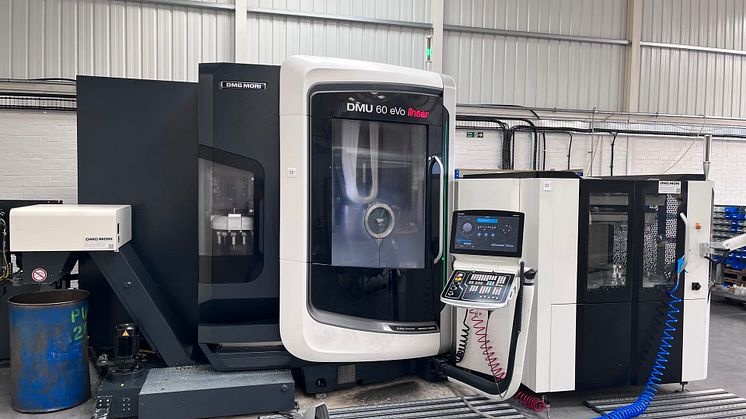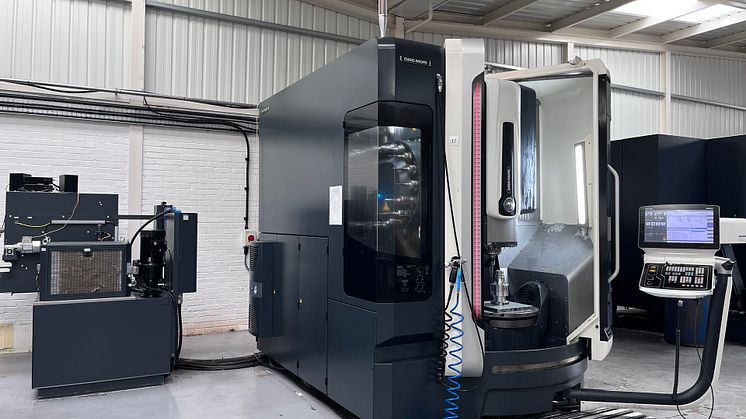
Press release -
From concept to racetrack: Which machines assist in upgrading a Formula 1 car?
Technology, skill, and speed - that's the fascinating world of Formula 1. How is a Formula 1 car developed from the initial concept to the racetrack? And which high-tech machines enable this process? Four of these high-end machining centers are currently up for sale on Surplex.com.
Formula 1 captivates millions of viewers worldwide. But behind this spectacle of speed and precision lies a profound world of technology and strategy. Did you know, for instance, that at Red Bull Racing - the reigning world champions and current leaders in both the constructors' and drivers' standings - almost 1,100 employees work, with 350 of them in the engine department?
Every millimeter, every screw, and every component are the result of endless hours of planning, testing, and development. Thus, the vehicle in the last race of a season is the x-th version of the car from the first race. Thanks to constant innovations and upgrades, it is adjusted and optimized throughout the season.
Strategic planning to the point
In the fast-paced world of Formula 1, planning is paramount. Even for extensive upgrade projects, the time from the initial idea to its implementation is remarkably short - often just a few weeks or months. The complexity of the upgrade dictates the timeline. Key components, such as the front wing, demand extensive development time and are approached early on. As the season progresses, teams shift their focus to parts with medium development durations, like the underfloor and diffuser. Components like brake ducts, which provide immediate advantages, are incorporated later to achieve short-term optimizations.
The parts visible on the racetrack are merely the tip of the iceberg. Out of countless designs, only a fraction make it onto the car, and not every upgrade yields the anticipated success. This intensive development process involves hundreds of experts and countless man-hours perfecting every detail.
Digital design and simulation testing
The birth of an F1 upgrade always starts with an innovative and creative idea and sketch. CAD software (Computer Aided Design) is the first tool that engineers use to digitize these concepts.
Advanced tools such as CFD software (Computational Fluid Dynamics) are employed to simulate the aerodynamics of the vehicle. FEM software (Finite Element Method) simulates mechanical properties and the behavior of materials under various stresses to ensure performance and safety.
Models: From the computer into the wind tunnel
Formula 1 is not only a world of digital design artistry but also of handcrafted precision - such as in the production of models for the wind tunnel and the actual prototypes or the final component.
In Formula 1, the Aerodynamic Testing Restrictions (ATR) regulate the resources that each team can use for aerodynamic testing. The goal is to level the playing field: the better a team performed in the previous season, the less testing time is allotted to them. For instance, as the reigning champions, Red Bull Racing is only allowed 1,260 CFD simulations and 202 wind tunnel runs, and 50 hours of testing time. In contrast, Williams, the team that finished last in 2022, is entitled to almost double the number of testing opportunities.
For wind tunnel tests, models are often made from materials like Ureol, rigid foam, or a type of clay because these materials are easy to shape and modify. The creation of such models, whether of the entire car or just individual components, is done manually or with the aid of specialized milling machines, like portal milling machines or mobile mills, which were specifically developed for model making in the automotive sector.
From micro-design to macro-manufacturing
But Formula 1 isn't just a showcase for aerodynamic nuances; it's also a platform for top-tier precision mechanics. Every component of an F1 car, no matter how small, plays a pivotal role in the overall package. To achieve this perfection, a range of advanced manufacturing techniques is utilized. With the aid of CNC milling and turning machines, complex and highly precise parts can be crafted from blocks of metal. These machines allow engineers to operate with great accuracy and repeatability, making them ideal tools for producing the critical components of an F1 car. 3D printers are also employed. The additive manufacturing process enables rapid prototyping and the production of intricate parts that would be challenging to produce using traditional methods.
From the Formula 1 Racing Team to the Auction
The constant evolution and development in Formula 1 mean that racing teams continually update and modernize their equipment. These high-quality, sometimes barely used machines then find their way into the used machinery market – a stroke of luck for specialized companies looking for premium equipment.
While some teams continue to use their equipment internally or pass it on to partners, there are always opportunities to purchase such exceptional machines second-hand. A current example: A British Formula 1 racing team is now offering four of its high-end 5-axis machining centers from the renowned manufacturer DMG MORI through the industrial auction house Surplex.com for direct purchase. Specifically:
• Two DMU 60 eVo Linear with pallet loading system (Manufactured in 2018 and 2017)
• DMU 65 monoBLOCK (Manufactured in 2016)
• DMU 50 3rd Generation with pallet loading system (Manufactured in 2017)
The facilities are located in Newcastle upon Tyne in the northeast of England.
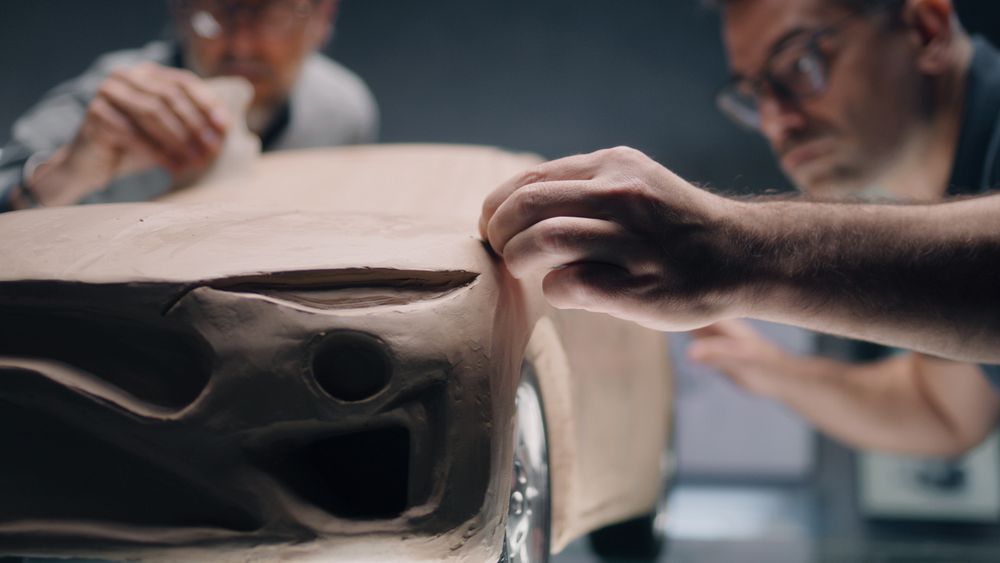

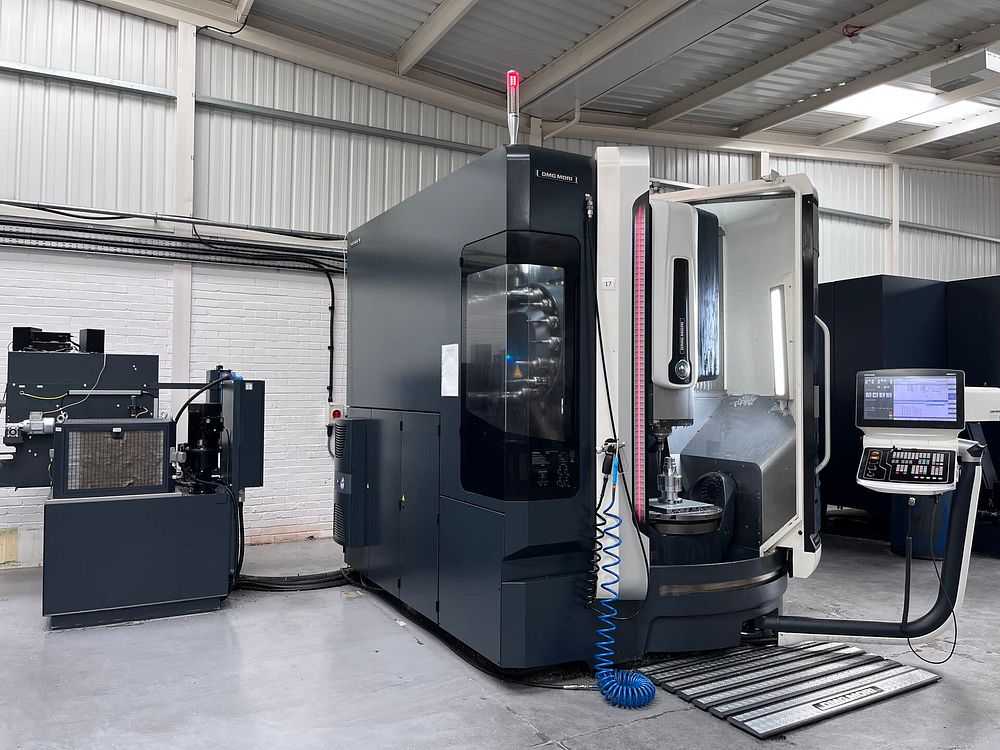
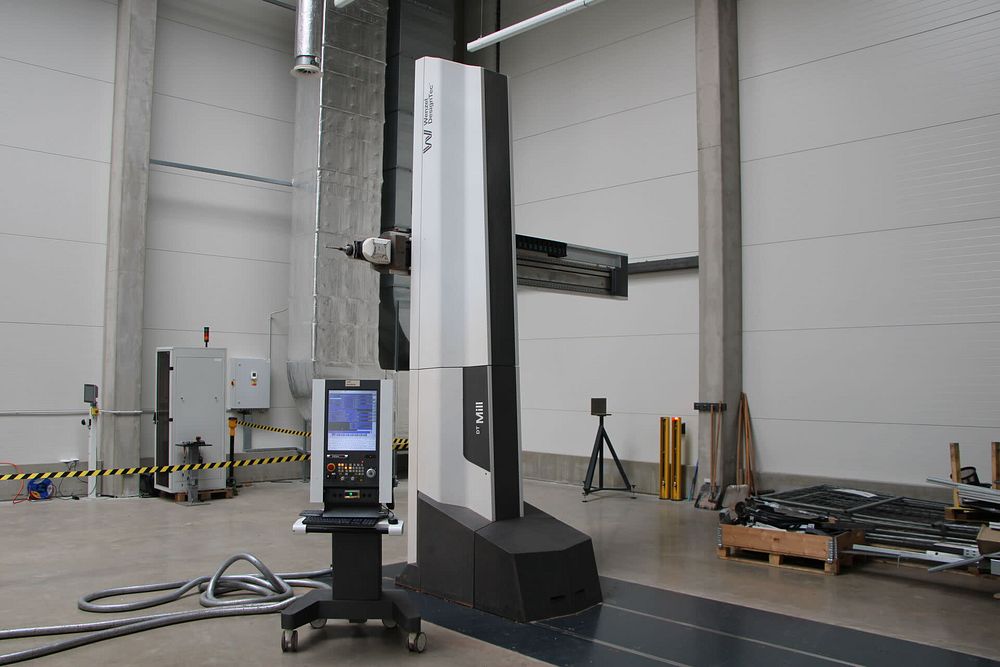
About Surplex
Surplex is one of the leading European industrial auction houses and trades globally in used machines and operational facilities. The 16-language auction platform Surplex.com records approximately 50 million page views annually. Over 800 online auctions are held each year, selling more than 55,000 industrial goods. The company, headquartered in Düsseldorf, maintains offices in 16 European countries. Over 220 employees from 20 nations generate an annual turnover of more than 100 million EUR.

